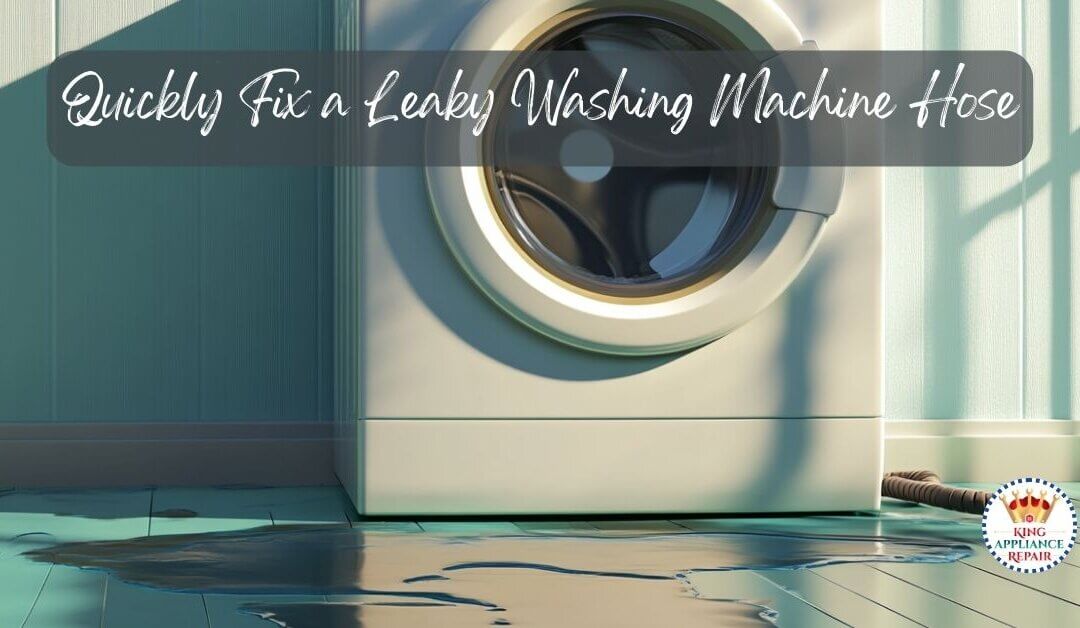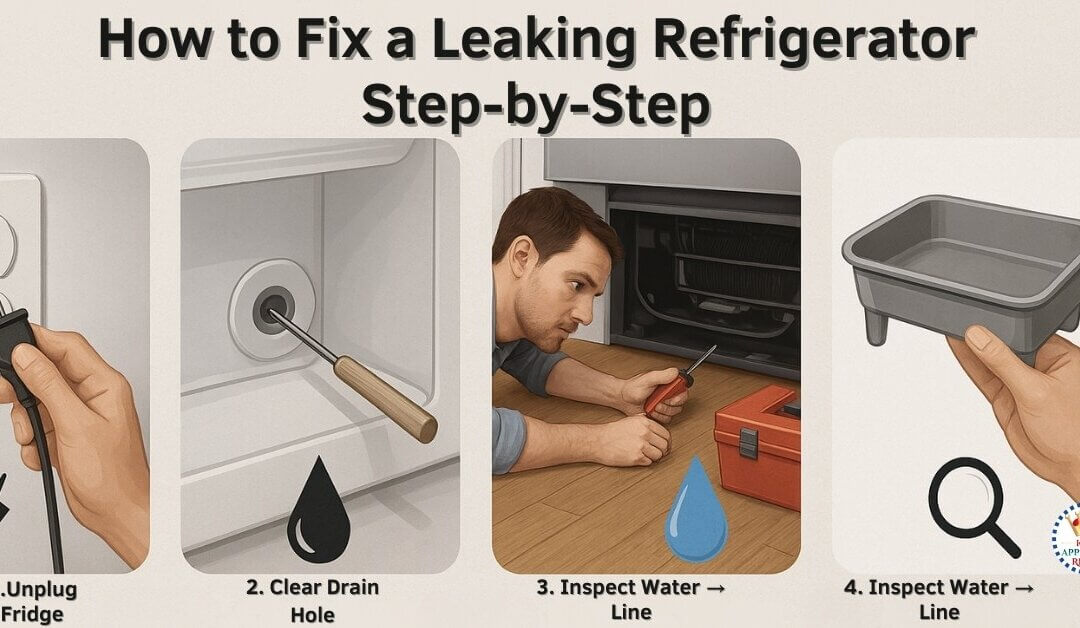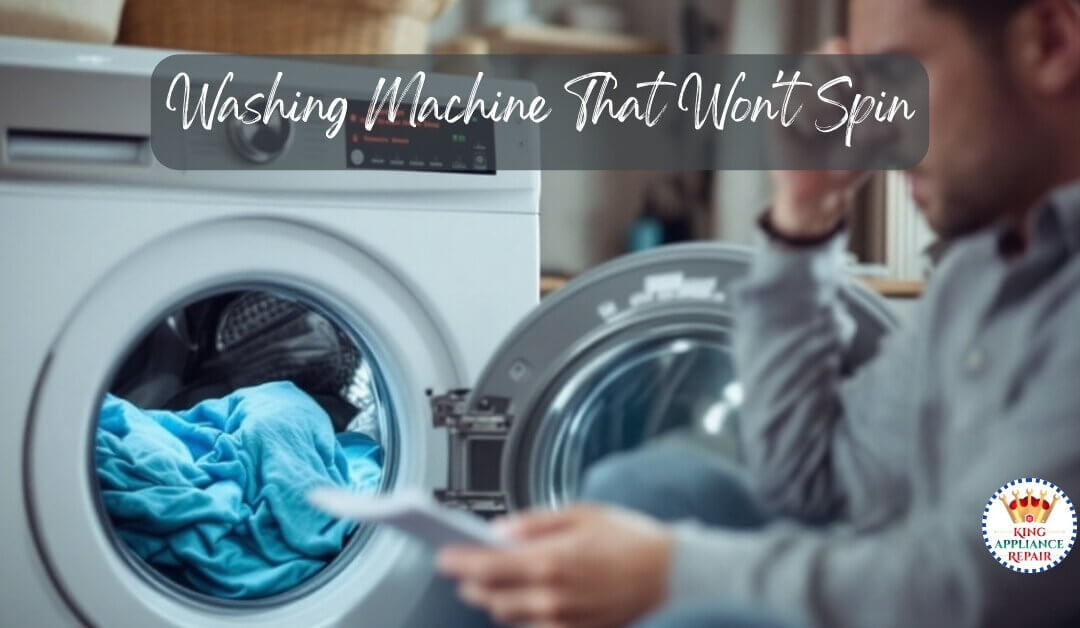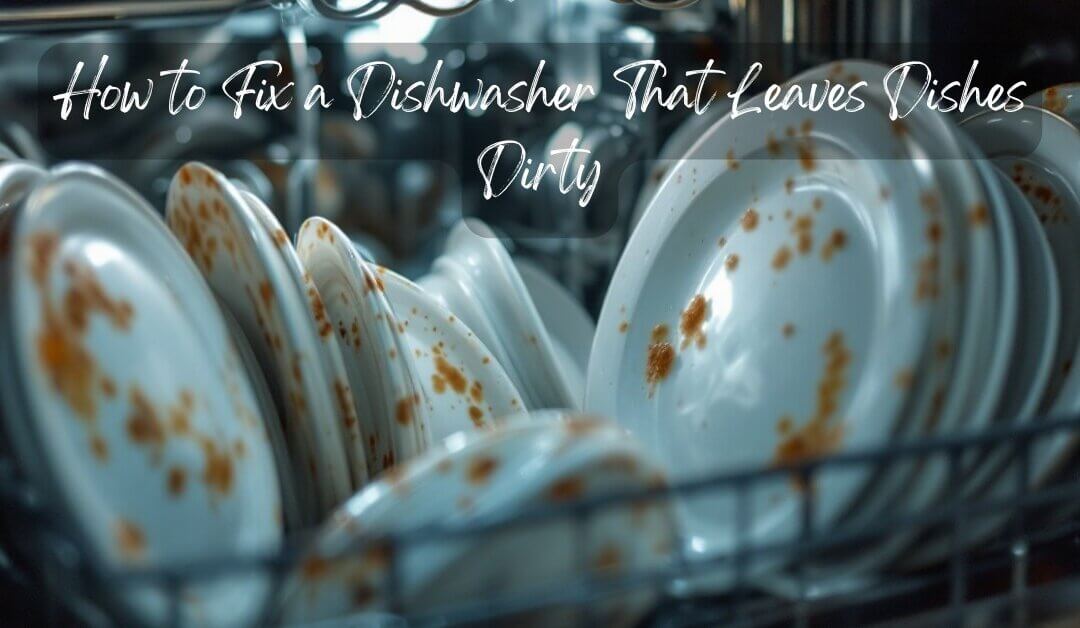
How to Replace a Fridge Handle That’s Loose
Table of Contents
- Why Is Your Fridge Handle Loose?
- Tools and Materials You’ll Need
- Step-by-Step: How to Replace a Fridge Handle That’s Loose
- Extra Tips for a Smooth Repair
- When to Call a Professional
- More Repair Guides
If your refrigerator handle is wobbly or falling off, don’t worry. This guide will show you how to replace a fridge handle that’s loose with simple tools and clear steps. This fix is quick, easy, and can save you from buying a new appliance or calling a technician.
Why Is Your Fridge Handle Loose?
There are a few common reasons why your fridge door handle becomes loose over time:
- Loose or stripped screws
- Handle bracket wear or damage
- Heavy pulling or slamming the door
- Normal aging and vibration from daily use
No matter the cause, DIY fridge handle replacement is usually a simple job with basic tools.
Tools and Materials You’ll Need
Before you begin, gather everything you’ll need to fix a broken or loose fridge handle:
- Phillips or flathead screwdriver
- Allen wrench (if applicable)
- Replacement screws or handle (if needed)
- Soft cloth to protect surfaces
- Thread locker (optional for long-term hold)
Step-by-Step: How to Replace a Fridge Handle That’s Loose
1. Unplug the Fridge for Safety
Always unplug the appliance before doing any repair, even if it seems minor.
2. Find the Screws or Bolts
Look at the base or sides of the fridge handle. Remove any plastic caps or covers hiding the screws. Most fridge brands follow a similar design.
3. Tighten or Replace the Screws
If the screws are simply loose, tighten them gently. For stripped or rusted screws, replace them with new ones of the same size.
4. Install a New Handle (if Necessary)
If the handle is broken or cracked, remove it completely. Line up the new handle and insert the screws. Tighten until firm, but avoid overtightening to prevent damage.
5. Test the Repair
Reconnect the fridge to power and gently pull on the handle. It should now feel firm and secure.
Extra Tips for a Smooth Repair
- Refer to your fridge’s user manual for exact model instructions.
- Use a thread locker to prevent screws from loosening again.
- Don’t overtighten screws—it may strip the holes or crack the handle.
When to Call a Professional
Although this fridge handle repair guide is great for DIY fixes, some situations require help. Call King Appliance Repair Company if:
- The screw holes are damaged or rusted
- You can’t find the correct replacement part
- The handle keeps coming loose after repair
More Repair Guides
- Clean Fridge Coils for Better Efficiency
- Front-Load vs. Top-Load Washing Machines
- Washing Machine Buying Guide 2024
- Fix a Dishwasher That Leaves Dishes Dirty
Still need help on how to replace a fridge handle that’s loose? Contact King Appliance Repair Company today—we’ll take care of it fast and professionally in Ottawa and nearby areas.









